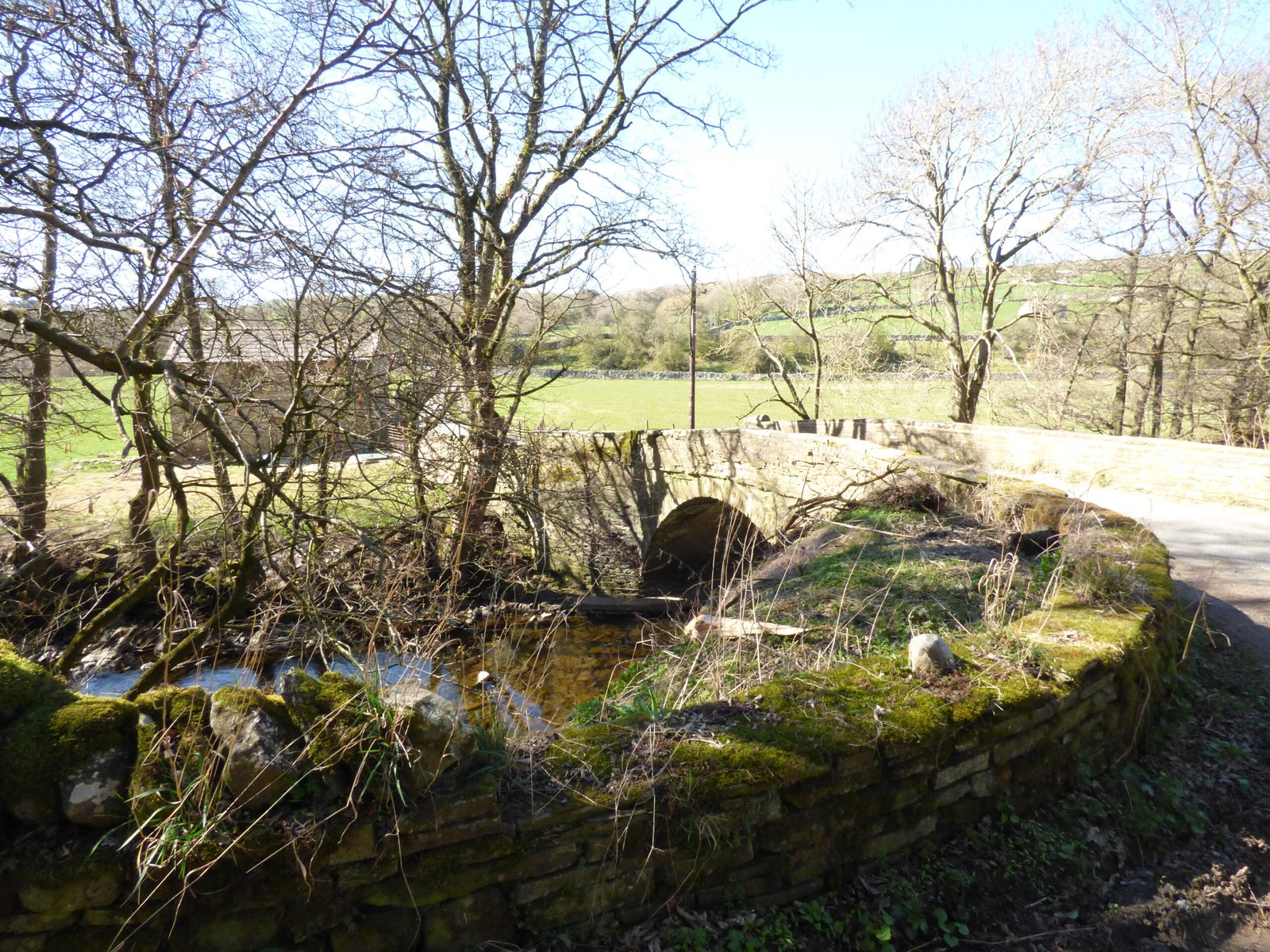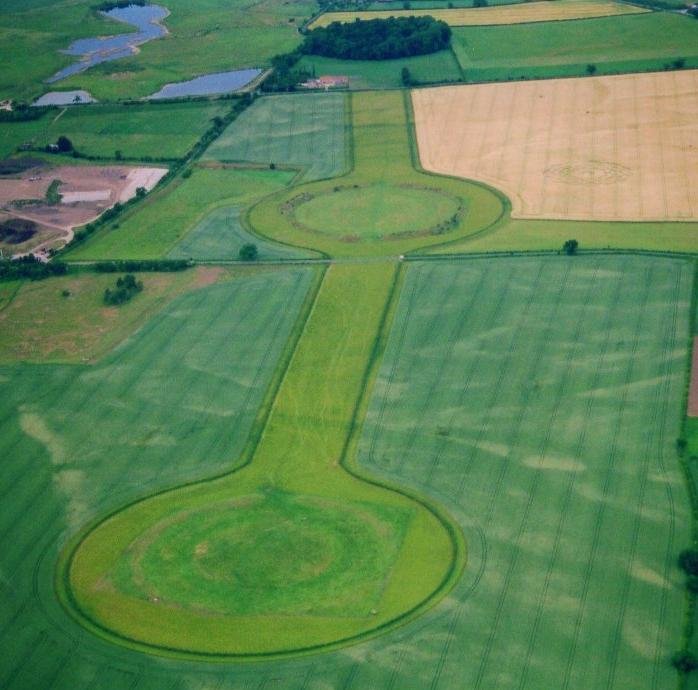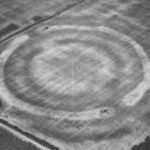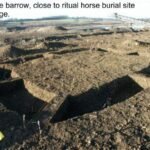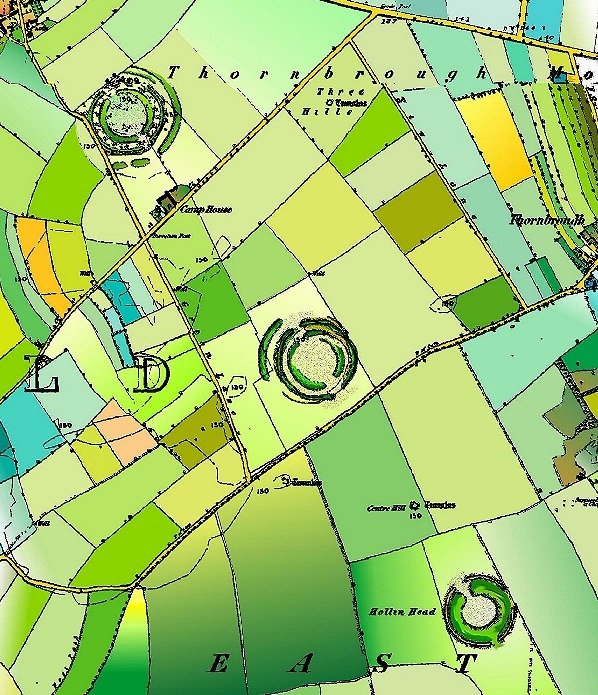Site Details:

Ladybridge, located near Thornborough in North Yorkshire, is situated in an area known for its Neolithic and later ritual practices, including the Thornborough Henges complex, which consists of three large prehistoric henges dating back to the Neolithic period. The presence of such ritual sites in the area suggests a long history of spiritual and sacred significance.
Note: A number of years ago, I ran a campaign to prevent the Quarrying at Thornborough. At that time, I was an atheist, but nonetheless I recognised the importance of Thornborough, and did all I could to try to prevent as much of its ritual landscape from being quarried. Without any survey that included all information about the places that were being quarried, and without the insight I have today. I ended up pulling back from the campaign when it was clear that our council were determined to let the area be quarried, but had ordered the quarry company to pull back, somewhat, and give the two henges they owned to English Heritage. Now, 20 years later, I can see it is as clear as the nose on my face that Ladybridge was likely an integral part of the Thornborough Ritual Landscape, and I can now confirm the notion that the Thornborough Complex extends beyond the villages of Well and Kirklington, and includes Ladybridge. This page shows my current thinking. It saddens me that our government is allowing many of our female specific ancient sites to be quarried. I feel it is a reflection of an organised strategy to diminish the divine feminine in stature and recognition that has been happening since Christianity first arrived in Brigantia and the rest of the UK.
The association of Ladybridge with a water source that starts at Holly Hill in Well and passes through important churches in Kirklington and Well adds to the potential significance of this location. Water sources have long held symbolic and ritualistic importance in religious practices, representing purification, healing, and life-giving properties. In many cultures, springs and wells were considered sacred sites where people would gather for spiritual purposes, including offerings, prayers, and rituals.
The fact that the water source passing through Ladybridge connects to churches in Kirklington and Well further highlights the sacred nature of this area. Churches are often built on or near sites that have been considered holy or significant for centuries, suggesting a continuity of spiritual reverence at these locations. The presence of churches along the path of the water source may indicate a Christian appropriation of earlier pagan worship sites, as was common in areas with ancient spiritual practices.
These two churches in particular, carry some important Pre-Christian images in the form of Celtic Heads, which have been seen in extremely early Christian contexts and show a continuation of practice, and an example of early Christianity incorporating local beliefs within the religion, as part of an overall strategy of acceptance followed by displacement, as the local people forget over time their former ways of venerating their ancestors and local deities.

While there may not be direct evidence linking Ladybridge to female deity worship, the location's placement within an area known for its ritual practices, the presence of important churches along the water source, and the historical significance of water in religious contexts all contribute to the rich religious and spiritual landscape of this area. These observations suggest a deep connection between the natural environment, sacred sites, and religious practices throughout the history of Ladybridge and its surroundings.
The association of the Goddess Brigantia with water
Brigantia and Brigid (or Brigit) are two Celtic goddesses who share certain similarities and associations and have been suggested to be local terms for a more widespread triple goddess culture that has been recognised in many ancient beliefs.
Brigantia is a Celtic goddess associated with the Brigantes tribe in ancient Britain, particularly in the region of northern England where the Brigantes resided. Brigid, on the other hand, is an important Celtic goddess in Irish mythology, often depicted as a triple goddess of poetry, healing, and fertility.
Both Brigantia and Brigid are associated with water in various ways:
1. Healing and purification: Water is often linked to healing and purification rituals in many cultures. Both Brigantia and Brigid are goddesses associated with healing, and water was seen as a purifying element used in rituals to cleanse and restore health.
2. Fertility and abundance: Water is essential for life and growth, and both goddesses are often connected with fertility and the abundance of the land. Water sources such as rivers, springs, and wells were considered sacred places where offerings could be made to ensure prosperity and fertility.
3. Divine inspiration: Water is also associated with creativity and inspiration. Both Brigantia and Brigid are linked to poetry, the arts, and creative expression, and water was seen as a source of inspiration for poets, artists, and storytellers.
The connections between Brigantia and Brigid with water may stem from the reverence for natural elements in Celtic spirituality, where the land, water, and sky were seen as sacred and imbued with spiritual significance. Water, in particular, was viewed as a life-giving force that connected the earthly realm with the divine.
The reverence for Brigantia is particularly evident in regions once inhabited by the Brigantes tribe, such as Yorkshire and Northumberland, where inscriptions have been found that honour her as a nymph and water goddess.
Additionally, the relief from Birrens on the Antonine Wall in Dumfries, Scotland, is a significant artifact that depicts Brigantia, providing a visual representation of her association with water. This connection is further emphasized in folklore and practices surrounding sacred wells and springs, which are often dedicated to such deities, embodying the healing and nurturing aspects of water attributed to Brigantia's divine influence.
The links between these goddesses and water highlight the deep-rooted connections between nature, myth, and spirituality in Celtic traditions.






